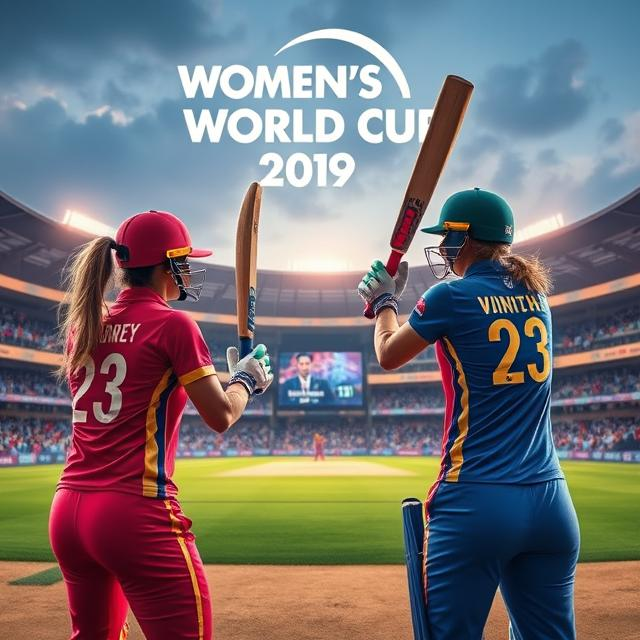Indian Players in Pakistan Cricket: A Complex History

Indian Players in Pakistan Cricket: A Complex History
A look back at the fascinating, often fraught, relationship between Indian players and Pakistan cricket, exploring the nuances of shared heritage, political tensions, and personal journeys.
The history of cricket between India and Pakistan is complex and intertwined. While cricket unites these nations in a shared passion, political realities have frequently cast a shadow on their sporting encounters. The presence, or more accurately, the absence of Indian players in Pakistan cricket offers a fascinating window into this complicated relationship.
A Legacy Shaped by Partition
The partition of India in 1947 irrevocably altered the sporting landscape of the subcontinent. What was once a shared cricketing heritage was suddenly fractured, marked by the creation of two separate nations with distinct identities. This division extended to the cricketing arena, leading to a paradigm shift in the professional structure of the game. The migration of communities and the resultant cultural shifts became part of the tapestry of this new reality.
The immediate aftermath of Partition witnessed a period of intense nationalism and mistrust. The political climate played a significant role in shaping sporting interactions. This created a difficult environment for Indian players to participate in Pakistani cricket, and vice versa. Understanding the complexities of the historical moment is essential to contextualize the present dynamic.
The Era of Political Tensions
For several decades, the political tensions between India and Pakistan profoundly affected the cricket landscape. International matches became a battleground, not just of sport but also of national pride and rivalry. This heightened tension often discouraged individual players from either country from participating in matches on the other’s soil. Such an atmosphere often dampened the spirit of sport.
It’s important to understand that this wasn’t solely a top-down phenomenon driven by political leaders. Cultural biases, individual fears, and the social implications of playing for a rival nation all influenced the decisions of potential participants. The concept of national identity played a crucial role in the choices that people made at that time.
The Occasional Exceptions
Despite the prevailing political climate, there have been instances where Indian players participated in Pakistani cricket or Pakistani players featured in Indian leagues. These instances, while rare, often emerged from a confluence of factors. A personal desire to pursue a sporting career, potentially combined with financial incentives, might motivate certain individuals. These instances serve as a testament to the enduring power of sport to transcend political boundaries, although these instances are few.
The Modern Landscape
The contemporary scenario has seen a gradual shift in the perception of cricket between India and Pakistan, albeit in a context that is still very much shaped by the complexities of the past. The presence of Indian players in Pakistani cricket remains a sensitive issue and reflects the enduring complexities in bilateral relations. While certain instances of cooperation in other fields have emerged, the political factors still have a profound influence.
There are various perspectives on the possible reasons for the absence of significant Indian player involvement in Pakistan cricket. These include the ongoing political tensions, perceived security concerns, and the logistical challenges of organizing such matches.
The issue is multifaceted, encompassing historical baggage, political sensitivities, and even the economic factors that determine how professional sporting careers develop. This suggests that a complete understanding must address the interwoven nature of all these factors, providing a nuanced perspective on the phenomenon.
The Role of Media and Public Opinion
The media in both countries has played a significant role in shaping public opinion regarding cricket between the two nations. News reports and commentary, sometimes driven by political agendas, can impact the willingness of players from either country to participate. This phenomenon demonstrates the media’s ability to amplify or dampen perceptions.
The public perception in both India and Pakistan must also be considered. Positive or negative perceptions influenced by media coverage can inadvertently create barriers that make it difficult for individuals to participate in cross-border sporting activities.
Beyond the Cricket Field
The history of Indian and Pakistani cricket is not simply about the sport itself. It’s a reflection of the broader relationship between these two nations. The presence or absence of Indian players in Pakistan cricket serves as a potent symbol of the challenges and opportunities inherent in cross-border relations, especially in a region with significant historical and political complexities.
The complexities of political and cultural relationships between India and Pakistan are reflected in their cricketing history. The narratives surrounding this issue encompass more than just the field of play. These narratives reveal the nuances of human interaction, cultural exchange, and the enduring influence of history on the present.
The Future Outlook
Looking ahead, the future of Indian players in Pakistan cricket remains uncertain. It’s a dynamic situation influenced by many evolving factors, from shifting political relations to changing public sentiment. Progress depends on a willingness from both sides to de-escalate tensions and foster a more cooperative atmosphere.
This complex history is not simply about cricket; it’s about the multifaceted relationship between India and Pakistan. Ultimately, a more collaborative sporting future hinges on a more peaceful political dialogue between these nations, as cricket provides a valuable platform for such dialogue.
Conclusion
The involvement of Indian players in Pakistan cricket is a nuanced and sensitive topic, intrinsically linked to the historical, political, and social relations between India and Pakistan. Understanding the complexities of this relationship is key to appreciating the challenges and the potential for growth in the future of cricket and cross-national sporting collaborations.
The presence or absence of Indian players reflects a deeper dynamic. It showcases the interplay of national interests, personal ambitions, and the enduring power of sport to potentially bridge the gap between nations. The ongoing evolution of this dynamic will certainly continue to intrigue and fascinate.